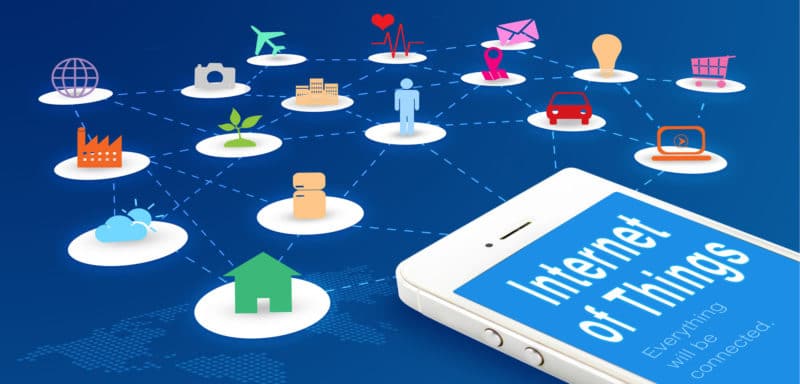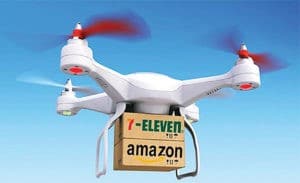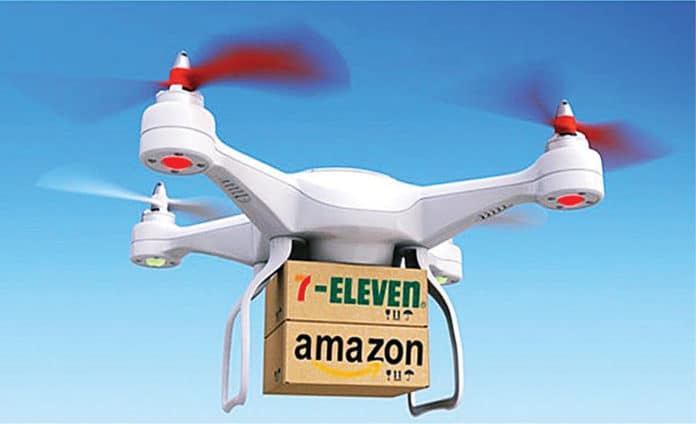All business processes need to be future-proof and adaptable when dealing with technological advances. Many businesses are already using the Internet of Things (IoT). As the technology becomes more and more integrated into our lives, business processes will have to continue to adapt as well as the way these are managed.

Global industries are learning and experimenting with the IoT. They can utilise IoT technologies more effectively when they understand the technology and the business processes structured around it. It is important for businesses to understand how they can use the IoT to collect sensor data intelligently from various users and process this data in the cloud architecture.
Businesses have to consider the IoT as a disruptive technology. This disruption is at various stages in various businesses. The speed at which companies like Google, Samsung, NXP, ARM, Intel and Apple are investing billions of dollars to create innovative applications around the IoT, there is no going back to old, non-smart technologies.
Now, very few people in India still use the old Nokia feature phones, since most users have moved to smartphones. When Nokia failed to take note of smartphone technologies, it paid the heavy price of losing customers and, hence, business. This indicates that companies and governments simply cannot ignore the IoT. Companies all over the world are looking for new technologies to improve efficiency and staff morale, and increase profits. The IoT is grabbing the attention in this arena.
To improve business operations, companies need to learn how to identify IoT processes. A business process is a collection of related events, activities and decisions. It involves a number of factors and resources, which collectively lead to an outcome that is of value for the organisation and the customer.
Let us take some examples of business processes, such as claim-to-settlement, order-to-cash and procure-to-pay, to understand the concept better. Business process management can be modified using the IoT, and vice-versa.
[emaillocker]

New business processes
Businesses need to innovate their processes to measure performance of their autonomous robots when these work in a factory.
When the sensors and controller send the e-meter’s reading to the server, the consumer gets an auto-generated SMS.
Such new business processes are set to become common in the connected world. An autonomous car sends GPS coordinates to the service provider’s cloud, from source to destination. It should know the start and end points, and vice-versa, correctly to generate a bill.
Similarly, when using drones to deliver packages, Amazon needs to authenticate the customer and delivery receipt.
When a sensor detects an event in an IoT system, a system is needed that can compare this event with the pre-defined process to take a decision. This decision taken by the IoT system is useful for online process compliance and error-checking mechanism.
To design new business processes in logistics and e-commerce, Director General of Civil Aviation (DGCA), government of India, has announced its policy for remotely-piloted aircraft, or drones. The policy defines what can be classified as remotely-piloted aircraft, how these can be flown and the restrictions these will have to operate under.
These are the minimum requirements to run drones in all countries.
Driverless cars have pushed the government of India to change/modify Motor Vehicles Act, 1988. The act—which regulates the operation of vehicles in India—does not currently allow fully-automated systems to ply on Indian roads. Human drivers are always needed to be in effective control of the vehicles. The law does not permit even testing of autonomous vehicles in India.
Motor Vehicles (Amendment) Bill, 2017, has proposed testing of such vehicles, though it is yet to see the light of day. The act will need an overhaul to allow licences for trials, detailed and robust guidelines for safety-assurance systems, and a well thought-out regime for the operation of driverless cars in India.
These are the basic requirements for designing new business processes for autonomous vehicles on Indian roads. This law helps create compliance for the IoT- or sensor-based products to allow testing on roads.
New challenges in business processes in the IoT
Researchers have identified some challenges in integrating the IoT with business processes. The basic challenge is the positioning of sensors, so that these can gather the correct information, which can be integrated in business process models.
The next challenge is the powering of sensors—whether sensors be battery-backed, power sourced, wired or wireless.
An IoT system contains huge amounts of data. It is important to ensure that the data is up-to date, and to recognise the origin, destination and final use of this data. Analysis of data is extremely important, since analytical data is used in business processes for decision-making.
The most interesting part of the IoT is to decide how much autonomy should be provided to Things. Execution of tasks and processes trigger reactions. For example, when a driverless car kills a human being, who should be prosecuted? Should it be the driverless car or the owner of the car? Laws are needed in place, if autonomy is to be given to driverless cars to run on roads.
Social responsibility and roles of IoT systems are a big challenge, too. It is important to define humanoid robots’ behaviour in society, so these are helpful, cooperative and beneficial to humans. This also leads to new business processes.
Tularam M. Bansod is proprietor of TMB Enterprises, a startup focussed on embedded systems domain. He has authored two books on microcontroller programming
[/emaillocker]










